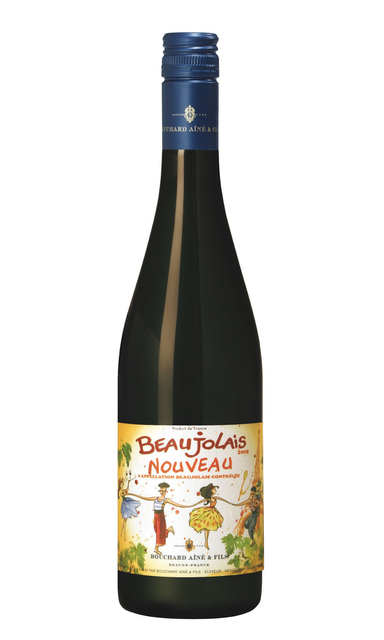The Good, The Bad And The Beaujolais: ’Tis The Season For This Controversial Holiday Wine
’Tis The Season For This Controversial Holiday Wine



Latest Article|September 3, 2020|Free
::Making Grown Men Cry Since 1992



